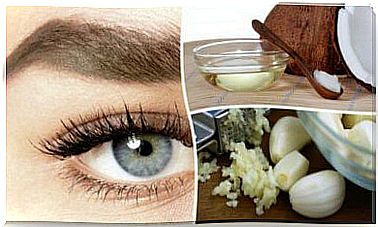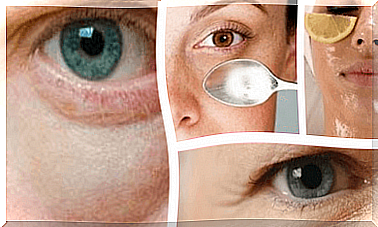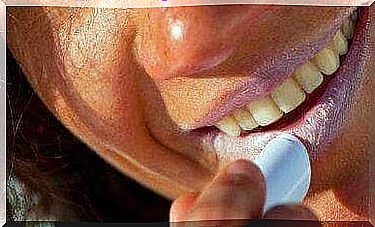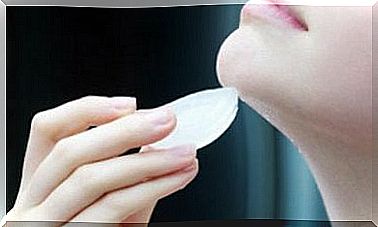Symptoms And Treatment Of Tungiasis
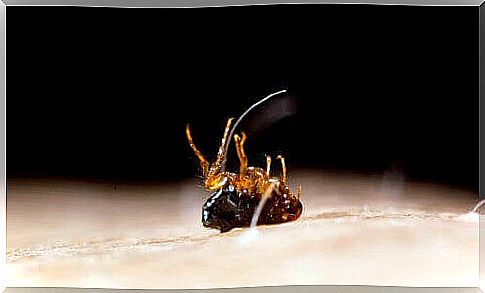
In today’s article, we are going to talk about the symptoms and treatment of tungiasis. Tungiasis is an ectoparasitosis. In other words, it is a parasitic disease. It is caused by the sand flea Tunga penetrans.
This is an insect smaller than 0.08 centimeters that clings to the skin and causes intense itching. He mainly attacks the feet. The disease occurs in the tropical and jungle regions of America, Africa and Asia. Due to development , it is becoming increasingly rare. The use of shoes and floors made of tiles and cement prevents spreading.
The flea responsible for the development of tungiasis has little host specificity (Spanish link). The term “host” refers to the body that allows the flea to survive.
In addition to humans , the condition can also affect poultry, dogs, and pigs. The habitat where this flea is common is dry, sandy, shady and tempered soil. In turn, he also inhabits floors of barns, houses and animal stables.
Symptoms of tungiasis
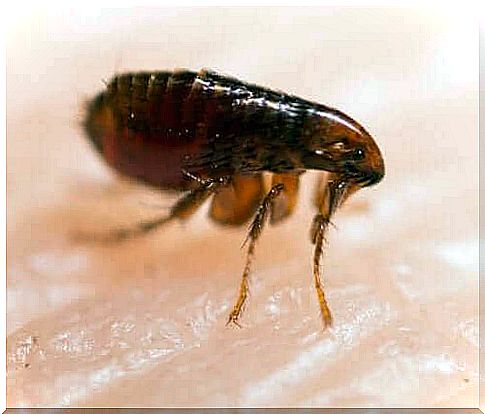
This disease causes various symptoms. It usually infects the feet. However, cases of infections of the legs, knees, thighs, hands, elbows and other parts of the body have been reported.
The lesions may be single or multiple. They may be itchy, painful or asymptomatic. The phenomenon of flea penetration is asymptomatic. However, after 24 hours, the affected person may begin to see an itchy or reddish macula or papule.
The affected person may also notice whitish nodules with a black dot in the center that corresponds to the flea’s abdomen. They may also see eggs attached to the skin near the injury.
Once the flea dies, the injury develops a black scab. This crust consists, among other things, of clotted blood, which disappears, leaving a scar on the skin.
Although tungiasis tends to resolve spontaneously after 4-6 weeks, reinfection is common. The patient also usually suffers from other concomitant infections, such as:
- Cellulite
- abscesses
- Osteomyelitis
- Thrombophlebitis
- Lymphangitis
- In severe cases, sepsis and death
Fortaleza Rating
A number of experts have developed a classification known as the Fortaleza classification (Spanish/English link) to standardize the clinical descriptions and facilitate the recognition of lesions as they evolve.
This classification consists of five stages ranging from penetration to invasion of injuries. There are less common clinical variants with scabby, pustular, ulcerated and wart-like, such as plantar warts and lesions.
- In stage 1 , the elapsed time from the penetration is 30-120 minutes. During this stage, an erythematous macula appears at the penetration site.
- Stage 2 begins one to two days after infection. In this case, a hypochromic macula or papule with a black spot appears (as we explained above, corresponding to the abdomen of the flea), surrounded by an erythematous halo.
- As for phase 3, it corresponds to the time between 2 and 21 days after penetration. During this time , an off-white painful papule 3 to 10 mm in diameter with a black dot in the center appears. The patient may also suffer from hyperkeratosis and yellowish exudate. The patient can see that the eggs are expelled from the flea.
- Continuation of phase 4 corresponds to the period between three and five weeks after penetration. During this phase, the flea dies. A halo of necrotic skin covered with crust then forms around the original lesion.
- Finally, at stage 5, which corresponds to about six weeks to several months after penetration, the lesion subsides. In other words, it forms a small scar that fades over time.
Treatment of tungiasis

The first step in treating tungiasis is to remove the flea, being careful not to tear it. For this purpose, the medical professional usually enlarges the hole and then presses the edges to remove the parasite. They would then have to do it under completely sterile conditions.
They should also apply a topical antiseptic to prevent other infections and reduce the risk of complications. In addition , they must administer tetanus prophylaxis treatment.

